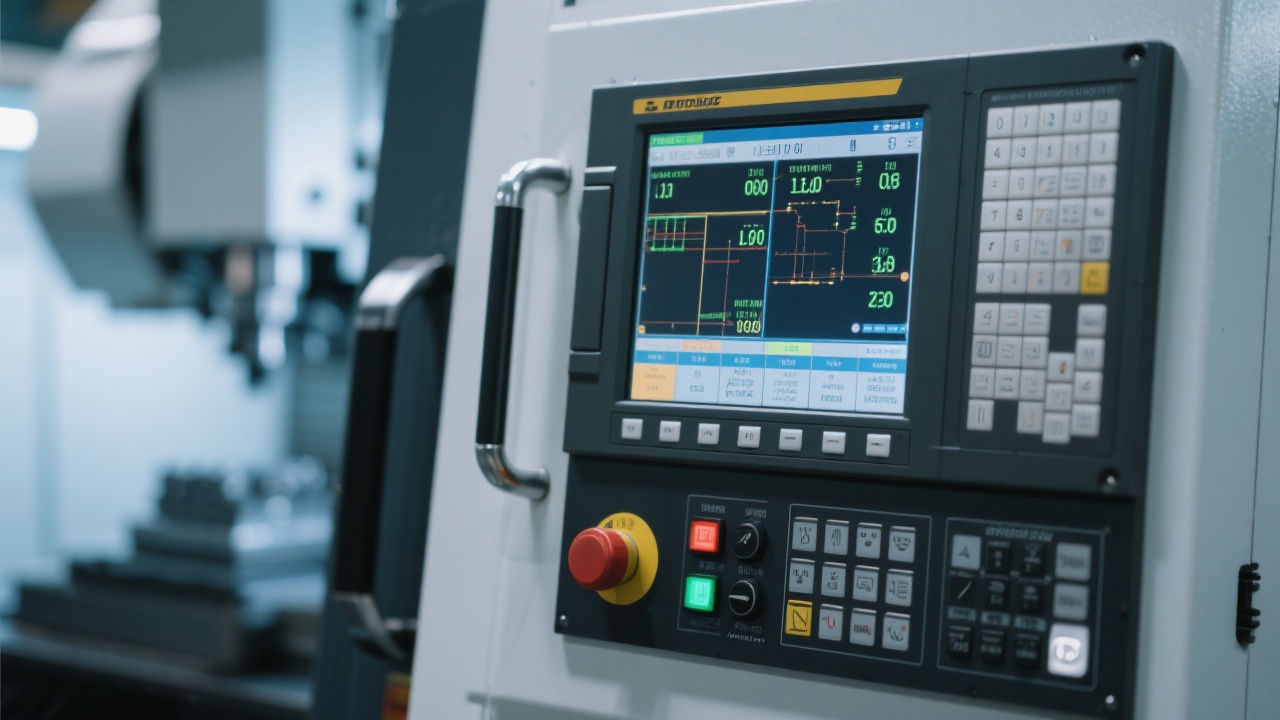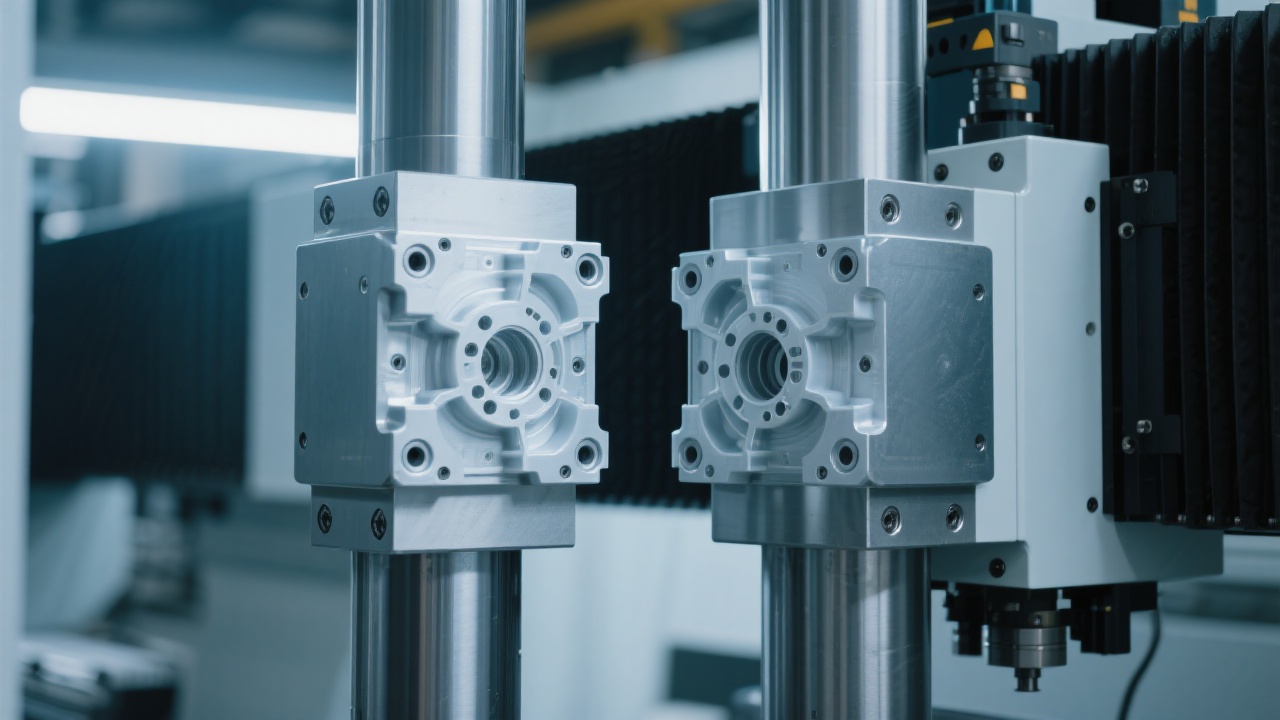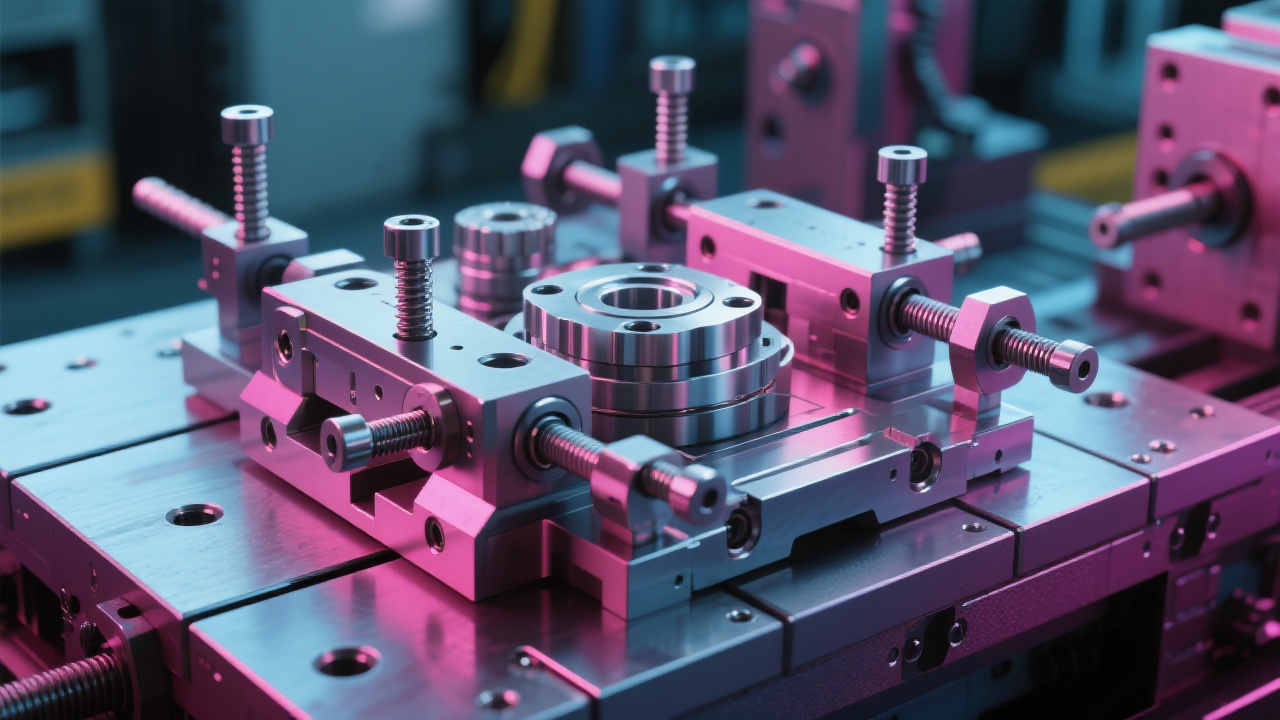
In the aerospace sector, the pressure to balance unparalleled precision with accelerated production cycles is relentless. You might be grappling with the challenge of machining complex structural components and intricate molds, all while maintaining tight tolerances and minimizing downtime. That’s where the GJ1317 high-speed CNC milling machine steps in as a game changer.
Manufacturing aerospace components demands more than just accuracy; it requires adaptability to materials such as titanium and Inconel, combined with the ability to sustain long production runs without sacrificing surface quality. Industry reports indicate that up to 40% of production delays stem from suboptimal tooling choices or machinery limitations, directly impacting profitability and delivery schedules.
On top of this, aerospace parts often feature multi-axis, complex geometries. Conventional milling centers struggle to maintain consistent accuracy at high speeds, resulting in longer machining times or costly rework. So, the real question for procurement professionals is — can your current equipment keep pace with these evolving requirements?
Dual-Column Structure for Stability and Precision
The GJ1317 employs a robust dual-column design that significantly minimizes vibration and deflection during high-speed milling. This stability enables machining with tolerances as tight as ±0.005 mm, crucial for aerospace-grade components.
High-Speed Light-Load Cutting Technology
By integrating servo-driven spindles capable of reaching speeds up to 25,000 RPM, the GJ1317 optimizes light-load cutting conditions. This translates into a material removal rate increase of approximately 30% compared to traditional vertical milling centers, as validated in recent case studies involving titanium alloys.
Superb Geometric Shape Processing
Aerospace molds and structural parts often involve freeform surfaces and delicate contours. The GJ1317’s advanced CNC control algorithms excel at maintaining consistent surface finishes, reducing surface roughness by up to 20%, which in turn lowers the need for secondary finishing operations.
| Performance Metrics | GJ1317 | Conventional Dual-Column | High-Speed Spindle Models |
|---|---|---|---|
| Max Spindle Speed (RPM) | 25,000 | 18,000 | 22,000 |
| Material Removal Rate Increase | +30% | +15% | +20% |
| Positioning Accuracy (mm) | ±0.005 | ±0.008 | ±0.006 |
| Surface Roughness (Ra μm) | 0.4 | 0.5 | 0.45 |
Consider the European aerospace parts manufacturer who recently integrated the GJ1317 into their production line. Within three months, they reported:
Such outcomes not only streamline workflows but directly translate into cost savings and higher client satisfaction.

Looking ahead, the GJ1317 is poised to empower manufacturers tackling increasingly sophisticated aerospace components. Its modular design enables upgrades such as adaptive tool changers and IoT-enabled predictive maintenance, aligning perfectly with Industry 4.0 trends.
Moreover, its ability to handle new materials and composites promises broader applicability beyond current markets—helping you not just solve today's machining bottlenecks but also scale operations as your requirements evolve.

Of course, no single machine fits every unique factory setup or process. While the GJ1317 shines in high-speed, high-precision environments, it is essential to weigh factors like your current floor space, workforce expertise, and material portfolio. Compared to alternatives, GJ1317 offers both reliability and flexibility, but you should assess your core priorities—speed versus cost, precision versus throughput—to make an informed choice.
This decision can feel daunting, especially under tight delivery timelines. However, let’s explore how you might benchmark your current challenges to align with the strengths GJ1317 brings:

If any of these resonate with your situation, the GJ1317 could be the leap forward your manufacturing line needs—enabling an efficiency increase exceeding 30%, not just solving today’s wrench-in-the-works but expanding your production's potential well into the future.
You’re invited to share your unique machining challenges or any specific project constraints. Just reach out—I'd be glad to provide tailored solutions and even share 3 case studies from aerospace peers who’ve successfully tackled similar hurdles.
